 |
| March 18, 2020 |
Dear Reader,
Astronomers know surprisingly little about the structure of the Milky Way galaxy, but recently they produced the best map yet of our cosmic home. Today's lead story, featured on the cover of our April issue, explains what we're learning from this new view. Next up, some scientists say repopulating the Arctic with large herds of animals—the type that roamed the region thousands of years ago—could prevent permafrost from thawing out, even as temperatures rise. And lastly, a new technique can send ultrasonic waves through solid objects. This could enable hackers to avoid obstacles and perform more invasive tasks like stealing text messages and making calls from a stranger's phone. As a reminder, we are providing free access to all of our COVID-19 coverage as we continue to follow the pandemic. |
| | Sunya Bhutta, Senior Editor, Audience Engagement
@sunyaaa | |
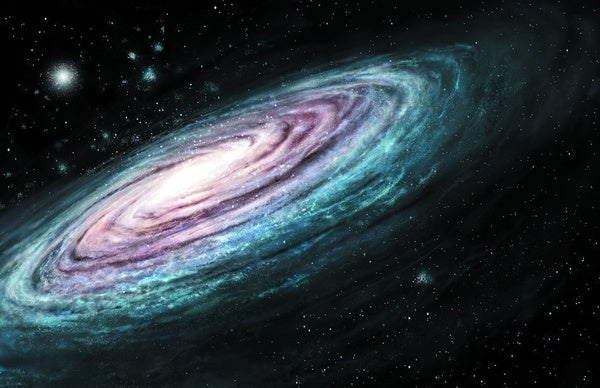 |
| Space A New Map of the Milky Way High-resolution surveys chart the spiral structure of the galaxy and the location of our solar system By Mark J. Reid,Xing-Wu Zheng | |
| Public Health How the U.S. Must Respond to the COVID-19 Pandemic Scientists, engineers and health professionals can bring our collective knowledge to bear on this challenge and change the trajectory of the response | | By New Voices in Sciences, Engineering & Medicine initial cohort | | | |
| |
| |
| |
| |
| |
FROM THE STORE
 | | Scientific American Print & Full Archive For $99 per year, your Print & Full Archive subscription includes 12 print and digital issues with full digital archive access back to 1845 and Android and iOS app access. |  | | |
| |
FROM THE ARCHIVE
 | | | |
| |
LATEST ISSUES
 |
| |
| Questions? Comments?  | |
| Download the Scientific American App |
| |
| |



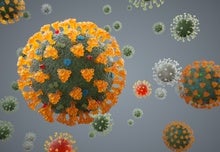

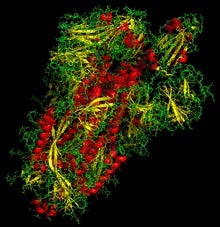
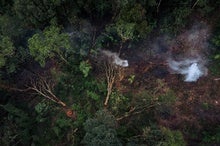
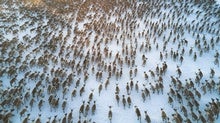
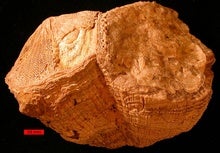
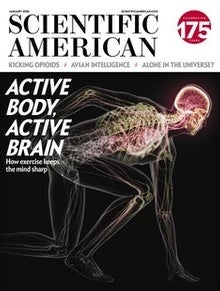

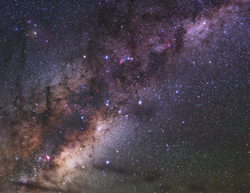
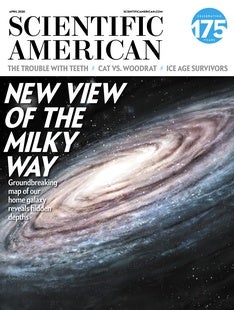

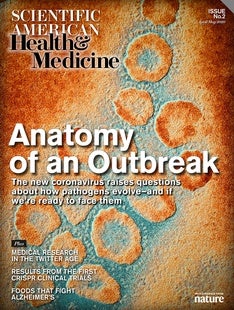
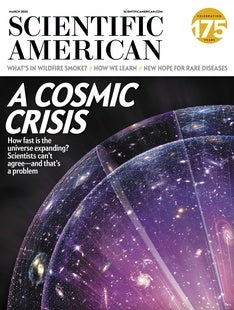




Comments
Post a Comment